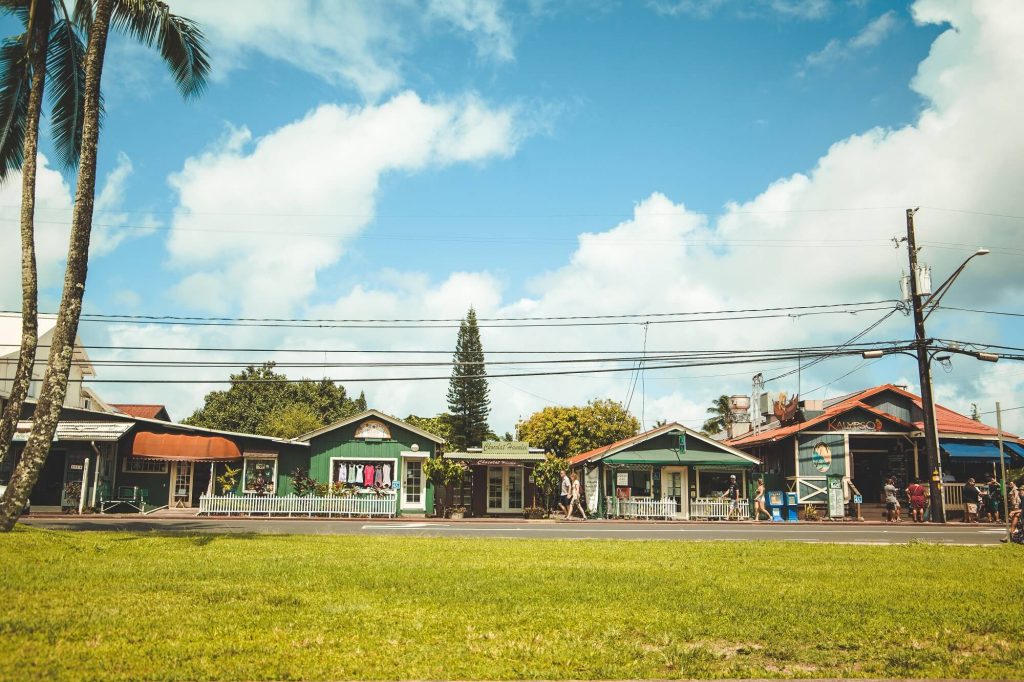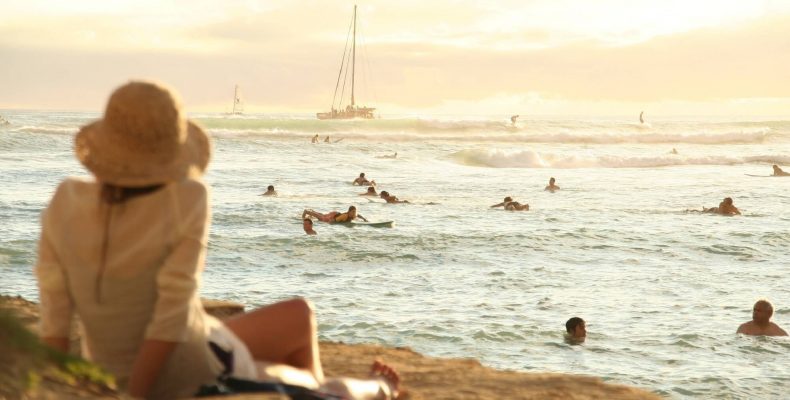There is nothing more mesmerizing than the sunset at Kailua Beach or more captivating than the rains coming across the face of Diamond Head. Moments like these capture the imagination of tourists and locals alike and make the Aloha state a favorite destination. But, what if you want to make this paradise your permanent home? A move to Hawaii may be your dream, but the idea can come with quite the sticker shock.
Before packing your life into boxes and getting them on the next barge, here are some significant factors to consider living on the islands.
Housing (Buying versus Renting)
Unless you want to live on the beach, which has free, public access, house expense is the biggest you will incur. Though this cost will vary by location, the general understanding is housing is expensive. The median home price in Honolulu is $672,429, while Hilo comes in at a much more affordable $378,217. In large part, the differences are due to the desirability of location and available inventory.
If buying is not in the cards yet, renting is your next option, and the prices are just as varied. The average cost of rent in Hawaii is $2413 a month, with rents running higher in Honolulu (average rental, $2257) and lower in places like Kahului (average rental, $1,784). With the number of people living in Hawaii, securing your perfect spot might be a challenging quest, but one that you can navigate.

Electricity Costs
Life in paradise comes with rain, humidity, and days when the trade winds will not blow. On those days, you will want to run the air conditioner. The cost of energy in Hawaii is double what you can find in any other state. The cost of energy for the month averages $279.
The upside to this cost is consumers in Hawaii appear to use less energy than their mainland counterparts. It may be due to the price but also the number of near-perfect days which allow for a lot of outdoor living. Hawaii runs on imported petroleum energy, which keeps costs high.
The Food Is A Factor
Craving some fresh Ahi? Want some fresh tomatoes? Do you need a gallon of milk? Be prepared for the cost of the food while living in paradise. The great folks at Numbeo give a breakdown of the approximate value of staples for residing in Honolulu. Keeping in mind that these prices are for a popular tourist destination, the cost of food will vary depending on location but will be more expensive than what you are used to spending on the mainland. Using the Numbeo calculator, you can compare the price of food for Hawaii to where you live now and get a clear sense of how it will impact your budget.

Transportation
Whether you ship your car or buy one when you land, you will need a way to navigate your new home. Though public transportation is available on most islands, the ease of getting around on public transit will not be as it was on the mainland.
If you are used to a bus running every 15 minutes, you are going to need to get used to living on island time! It means you will have to give yourself plenty of time to get to where you are going since drivers and passengers alike may not be in any big rush.
Depending on where you live, the bus may be an option for you. Bus prices range from around $60 for a monthly pass on the Big Island to $40 for a monthly pass on Kaua’i. There is no bus service on Molokai or Lania so you will have to have a car if you travel to these two.
Most people bring cars with them, and the cost of shipping a car depends on where you are coming from and which island you are going too. After getting your car to your new home, the cost of gas is going to set you back about $3.52 a gallon to keep your tank full. It is in addition to registration, insurance, maintenance, and all the paid parking spaces. Owning a car in Hawaii can cost you about $12,000 a year, but the price may be worth it for the freedom of mobility.
The cost of living in paradise is expensive, but catching a glimpse of Mount Pele on a rain touched evening as you drive home is priceless.


